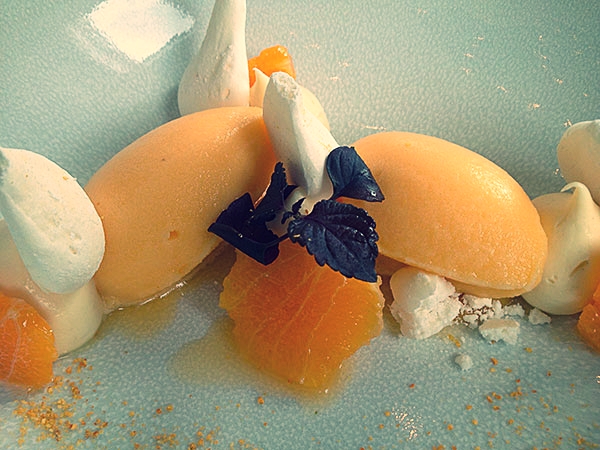Discovering the cheeses of France is to discover it's diversity and it's beauty, from the green flats of Normandy, the steep mountains of the Alps, to the plains of champagne east of Paris. Each of the 150-200 serious varieties of cheese produced in France tells a tale of the regional landscape from which it comes, the types of soil, vegetation, climate, and the cows, goats and sheep that graze there. 150-200 cheeses is an overwhelming number (after all it was Charles de Gaulle who famously said 'How can anyone govern a nation that has 246 varieties of cheese?' – albeit an exaggerated estimation), so working your way through the list of 45 A.O.C* cheeses might be a more manageable task if you wish to learn about French cheese.
One of my greatest delights of living in France has been to discover and understand French cheeses in all their complex, varied and often stinky glory. Here are my tips for how best to enjoy cheese:
- Look for unpasteurized cheeses made with lait cru (raw milk) as the heating process in pasteurization kills the bacteria that gives the cheese its unique flavor (although you won't find unpasteurized cheeses that have been aged less than 60 days imported from France in the US)
- Ask your cheese monger for a seasonal cheese, so that you can try a cheese at it's best.
- If you are choosing cheese for a dégustation platter or a dinner party, choose three of four different varieties that might include a semi-soft cow's cheese such as a Camembert de Nomandie, a goat's milk cheese such as a Crottin de Chavignol or Rocamadour, a blue cheese like Roquefort, and a hard aged cheese like Comté. Start with the milder cheeses, and move on to the stronger flavors.
- Most cheeses should be bought when at their best so try and buy your cheese the day you plan to consume it, or let your cheese monger know when you are planning on serving it so they can chose the perfect ripeness for you. Most non-industrial cheeses are best consumed within 48 hours of buying them.
Here are a few basic rules and best conditions for conserving your cheese:
- Do not keep cheese in a sealed box or plastic wrapping. It is best conserved individually wrapped in the original paper they came in from your cheese shop. This will help preserve their flavor.
- Keep the cheeses in the lowest part of the refrigerator, usually this is the crisper drawer, which is the coldest and most humid part of the refrigerator, and avoid temperatures that are too cold or too hot.
- Soft rind cheeses (brie and camembert) and washed rind cheeses (munster, livarot), when at their best, will live happily out of the refrigerator on your kitchen bench, but need to be kept in their original paper and wrapped in a humid cloth.
- For cheeses conserved in the refrigerator, they should be removed at least one hour before serving to give them time to come up to room temperature. Cold cheeses lose a large part of their flavor.
* When the A.O.C (Appellation d’origine contrôlée) was officially created by the French Government in 1935, it was to specify a badge of authenticity and quality of an agricultural product. The A.O.C certifies excellence for wines, cheeses, butters, honey, poultry, and other products. The relatively newer label of A.O.P (Appellation d’origine protégée) is a European Union designation, equivalent to the French A.O.C. but includes agricultural products from all over Europe. They must however still abide by a given sets of rules of production (including geographical limits) and preparation, using established industry know-how. French producers whose products meet these guidelines can chose whether to promote their product under the A.O.C. or A.O.P. label.
In modern times, as the number of A.O.C products grows, it is clear that its importance is also a marketing tool to promote the brand. However, never awarded lightly, all A.O.C and French A.O.P-certified products retain a specific quality: Each bears a special label; each plays a role in French agricultural history based on its authenticity, regional lineage, and method of production. All are required to adhere to strict standards established by the French government, and production is rigorously controlled. The A.O.C/A.O.P label remains a serious badge for consumers.
















